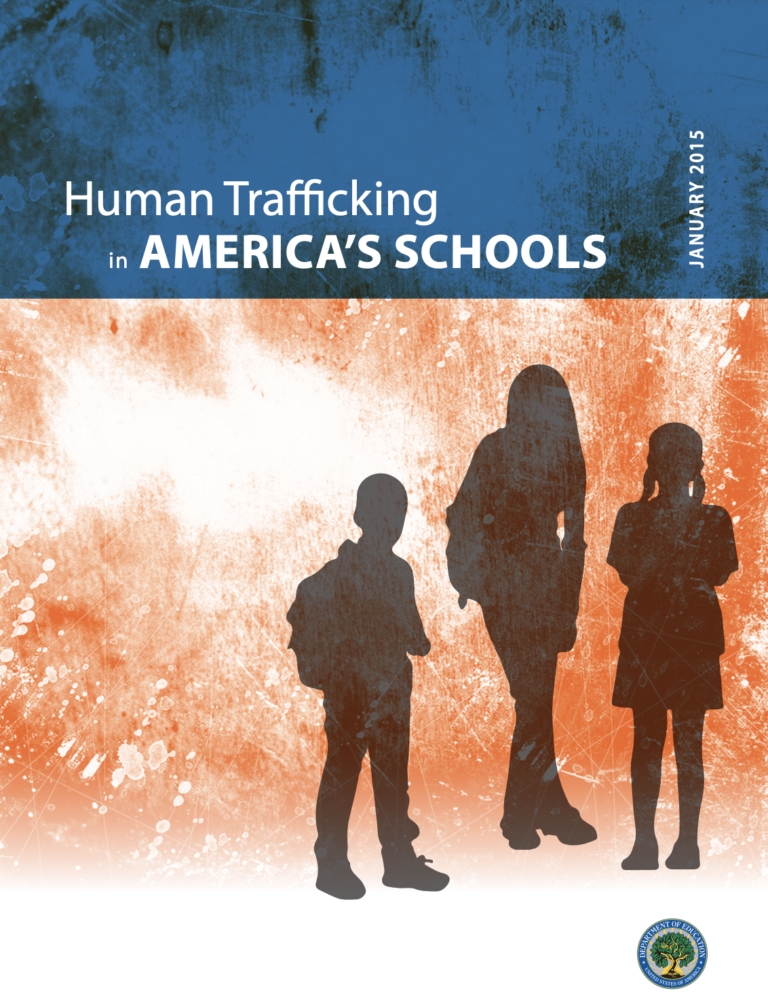Nothing about us, without us
GuidanceThis guidance is intended to support local and national policy makers in government, business and public services who wish to involve survivors of modern slavery in their work, whether that be in developing policy, legislation and guidance, or shapi...Read More

